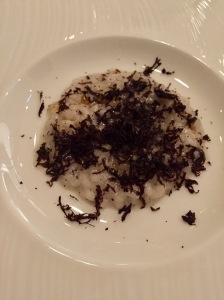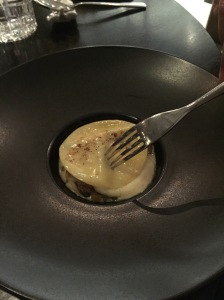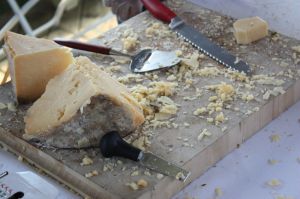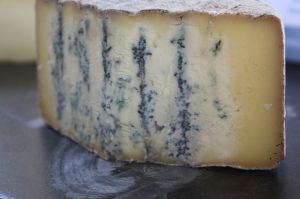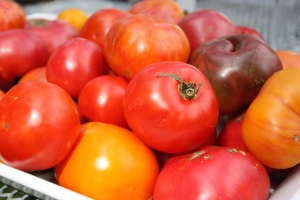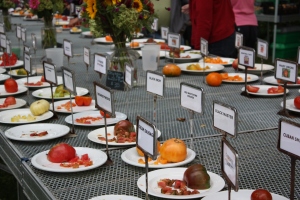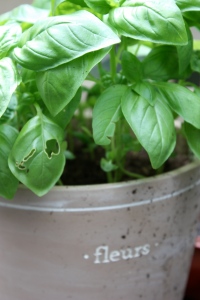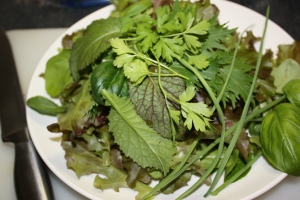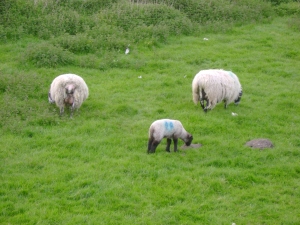It’s been two months since I worked my last full-time day in the ad biz, friends. TWO WHOLE MONTHS. That’s four paycheques, for anyone who’s counting. What I have learned in that time is worth all the money I didn’t earn – and so very much more.
For those not in my loop (so mostly everyone), I left a really good paying job after a long career in advertising (which I still love) to pursue another love – wine. It occurred to me last year while I made my way through the vineyards and cellars of Beaune and Nuit-St-Georges – while on a solo mission to decide what to do with the second half of my career – that if I was going to switch gears that I better get on with it. I was about to turn 43 and if I wanted to work just as long at my second career then I needed to get my proverbial shit together.

In January I signed up for the Wine & Spirit Education Trust (WSET) Level 4 Diploma (for a decent overview and student perspective on what the course entails, see here). After interviewing half a dozen friends that had completed it, I knew that I couldn’t give it the attention it required and still work full time. Levels One through Three could be weekend pursuits, but the diploma was hardcore. Real. Scary. Possibly not achievable. Some of the exams had a less than 60% pass rate, and the A-student in me was not going to be the wrong kind of statistic if she could help it. I handed over a bunch of money (the first of three such Kari/cash separations) to the fine folks at the Independent Wine Education Guild… and then I waited. It would be August until my studies began and I was still mid-plan on my #adlife exit strategy.
Over the next few months I made friends with my OCW and tasted everything I could to prepare. I thought I needed to improve my blind tasting so I spent 12 consecutive Wednesday evenings in the summer with Master Sommelier Bruce Wallner and his team at the Somm Factory, honing my skills. More money out. This was time (and money) very well spent, however, and I’ve recently been back as part of an ongoing plan to keep those skills sharp. On the first day of classes Bruce was very open and clear about what my change in career would mean, and I quote, “you really don’t like money, do you?”
I could not be swayed, however, and my resignation was already long penned and delivered. My colleagues were wildly supportive and my close friends in the ad biz (at least to my face) told me they envied my ability to do something else. A few of my female friends told me I was lucky Paul would let me leave my job. Let me? Wow. I told them: yes, I was lucky to have found someone who supported me and my dreams. I left the “let me” in the wind to find its way back to the 1950s.
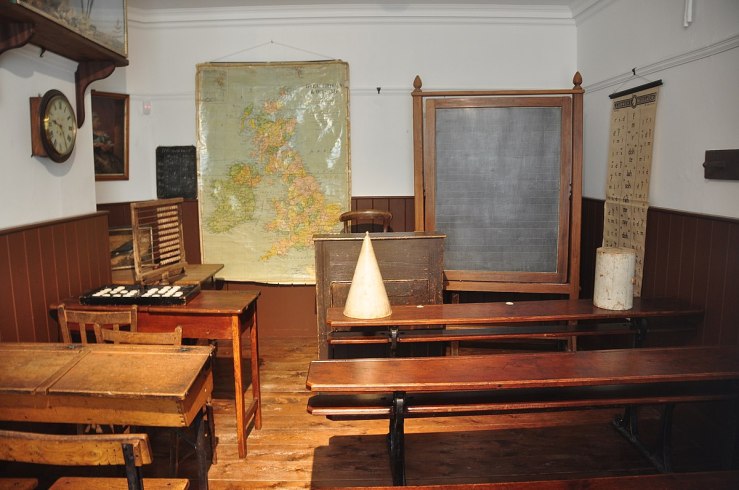
It’s a funny thing, going back to school when you’re (gasp) older. Those amazing Wednesday nights in somm prep class resulted in Thursdays where I felt like I was dragging around a piano. No longer could I be up past midnight and wake up for six the next morning without consequence. I also discovered that I had more trouble paying attention and reading for long periods now, so I made a study schedule that had me hitting the books in bursts, in the 50-minute commute on the GO each way, or in the first few hours after waking up on weekends.
But I had more energy too, if that makes sense. I knew I was on to something and I was tapping into a reserve that also allowed me to be a better producer in my agency role. I listened better, cared more, and worked harder to bring to life all those ideas in those last few months. I never phoned it in and I never gave less than my best. In the short stints I still do as a freelancer, I bring fresher eyes and clearer insights – things I wouldn’t have had the room to find inside my old life. I’m not always exhausted and I’m doing exactly what I want, well almost, nearly every day.

The diploma (oh, right!) has been a pretty great experience despite being as hard as everyone warned me, and all the wine professionals and instructors I’ve met through my studies are the best wine people anywhere. I’m three months into school with two exams down and four more to go, as well as a paper and a case study still to complete. I’m selling wine for two importers (call me for yummy wine!), teaching new wine students, pouring for wine classes in Toronto, working private dinners with a chef, and getting paid to write what I really want to for the first time since journalism school. I eat lunch with Paul almost every weekday now, and my dogs are way over me being home this much and making them do stuff during the day. I have time to study. I have more time to work with Slow Food and increase my involvement in the projects I really care about.
I originally came here to say that the self-employed life hasn’t been all sunshine and rainbows, but as I worked my way through writing the above, my post morphed a little and all the positives started to emerge. While there have been MANY hiccups, like A LOT less money and not getting paid reliably, worrying about HST, people telling me I’m too old, people not calling me back, slim margins on wine sales and selling wine within our uber-regulated province, there have been a goodly number of folks who’ve helped me along the way – giving me freelance work, teaching me about the wine business, introducing me to people, and giving me a chance to prove myself, despite being on the “wrong” side of 35. I shout some of them out at the bottom of this post along with their Twitter handles.
Leap and the net will appear, they said. They have a point. I’m still figuring all this wine biz stuff out, but I’m happier, marginally healthier, and significantly poorer. Two out of three ain’t bad, right? Buy my wine or hire me, and help me make it three for three.
Shouting out to a few of the many:
My Mum and Dad, who are always so proud of me
Pauly, who thinks most everything I do is magic and talks me up endlessly to all who will listen
Krys Roman, for helping to start the domino effect, and for her continued support
Joel Thompson, for hiring me as a sales rep from a Facebook post and for turning me into a Riesling nerd
Paul Perugini, for hiring me, helping me learn, and going along with so many of my ideas
Bruce Wallner, Emily MacLean and Sam Melanson, aka the Somm Factory
Daniel Lafleur, for his friendship and guidance
Debbie Trenholm, for helping the words write themselves
Val Vagopoulos, for her small-biz savvy and always telling me I’m awesome
Amanda Davis, to whom I sold my first two cases of wine as a professional wine person
Shari Walczak, for her big support of my wine adventures
Sara d’Amato, for her wise wine woman counsel
Mark Jacoby, for talking me out of this and into this simultaneously
Carrie Rau, for all the real talk on being in this business and for also wanting to buy all the wine
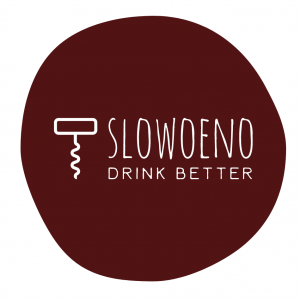
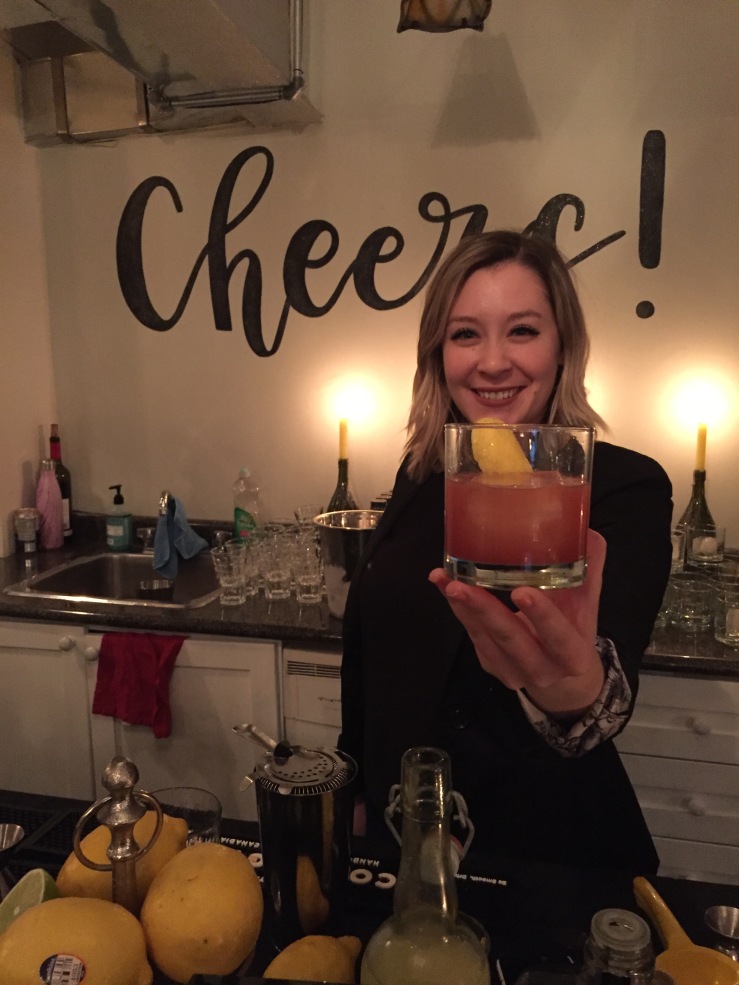



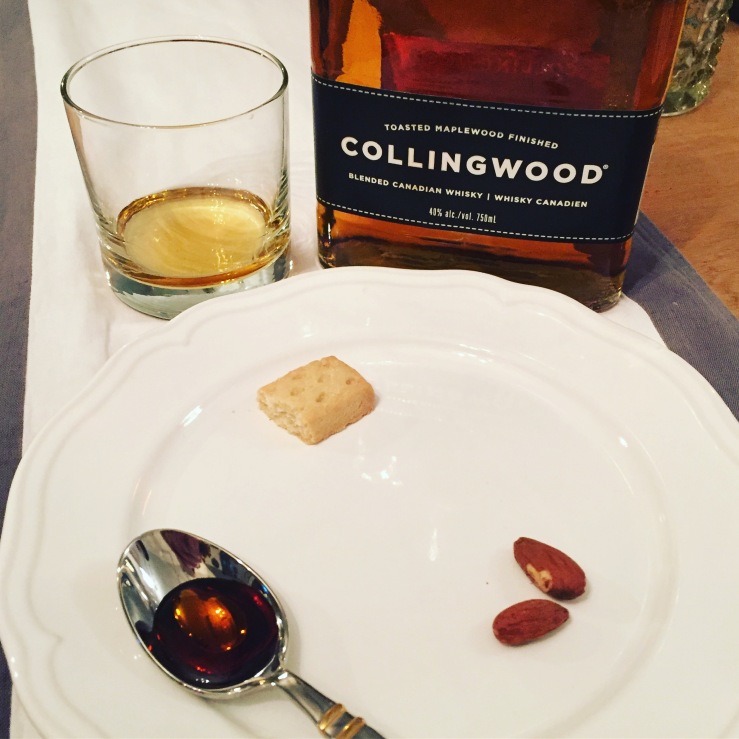
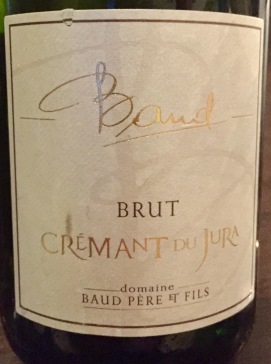
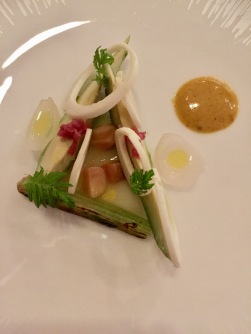
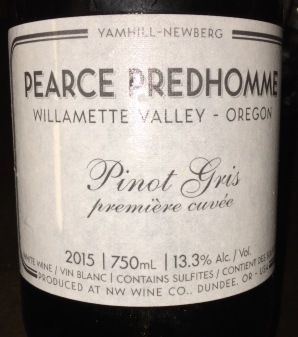
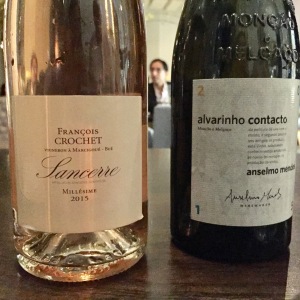
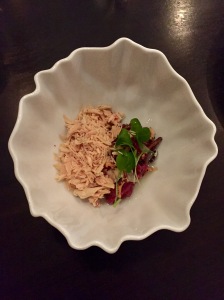
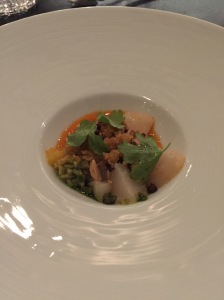
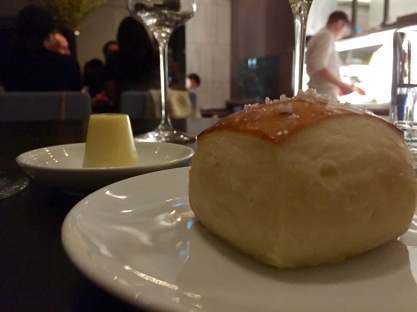 Then, much to my carb-loving delight, their addictive pain au lait with their housemade cultured butter arrived. Topped with crunchy fleur de sel, this bread and butter would bring me back to Alo regularly even if I hadn’t already loved the entire experience.
Then, much to my carb-loving delight, their addictive pain au lait with their housemade cultured butter arrived. Topped with crunchy fleur de sel, this bread and butter would bring me back to Alo regularly even if I hadn’t already loved the entire experience.


